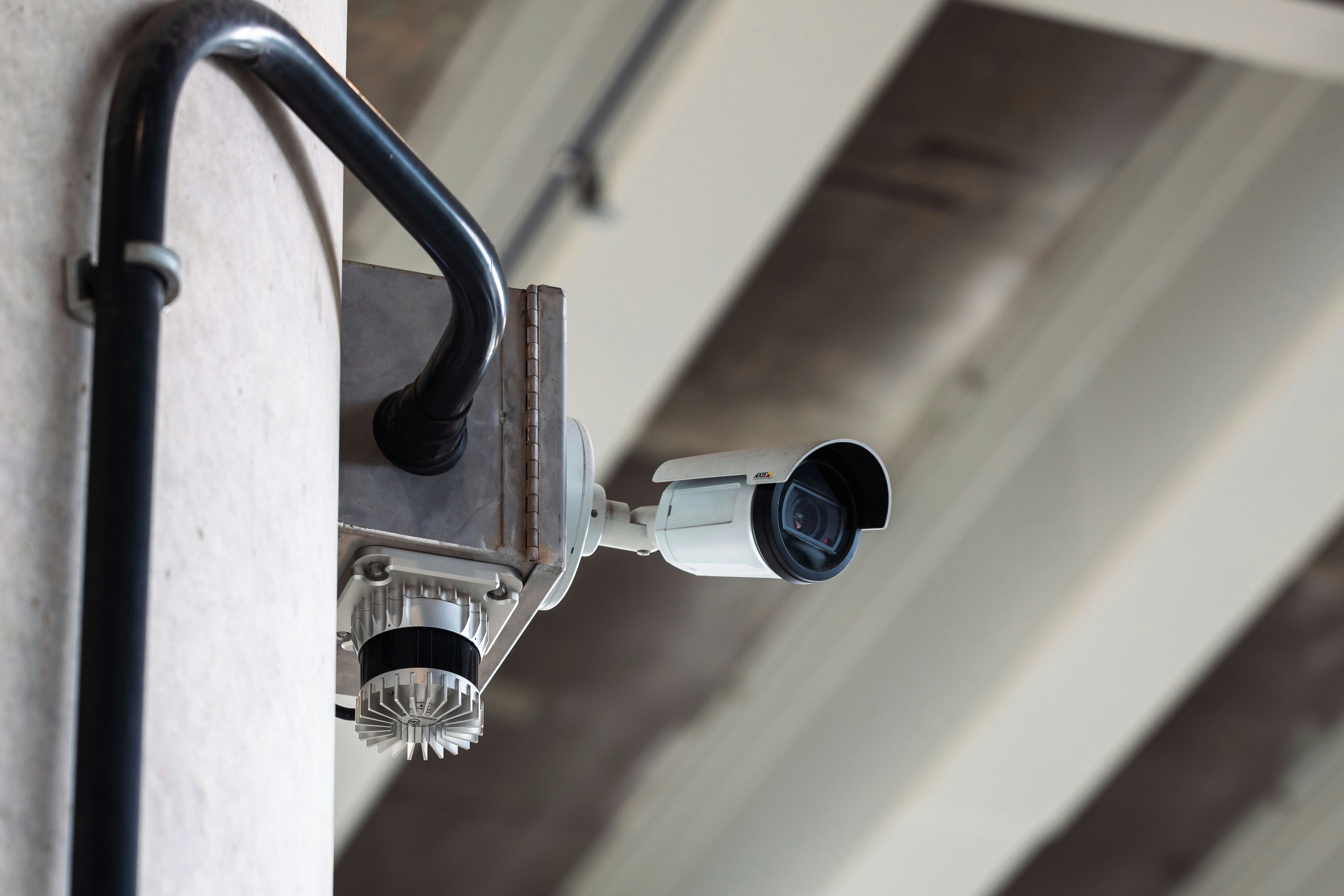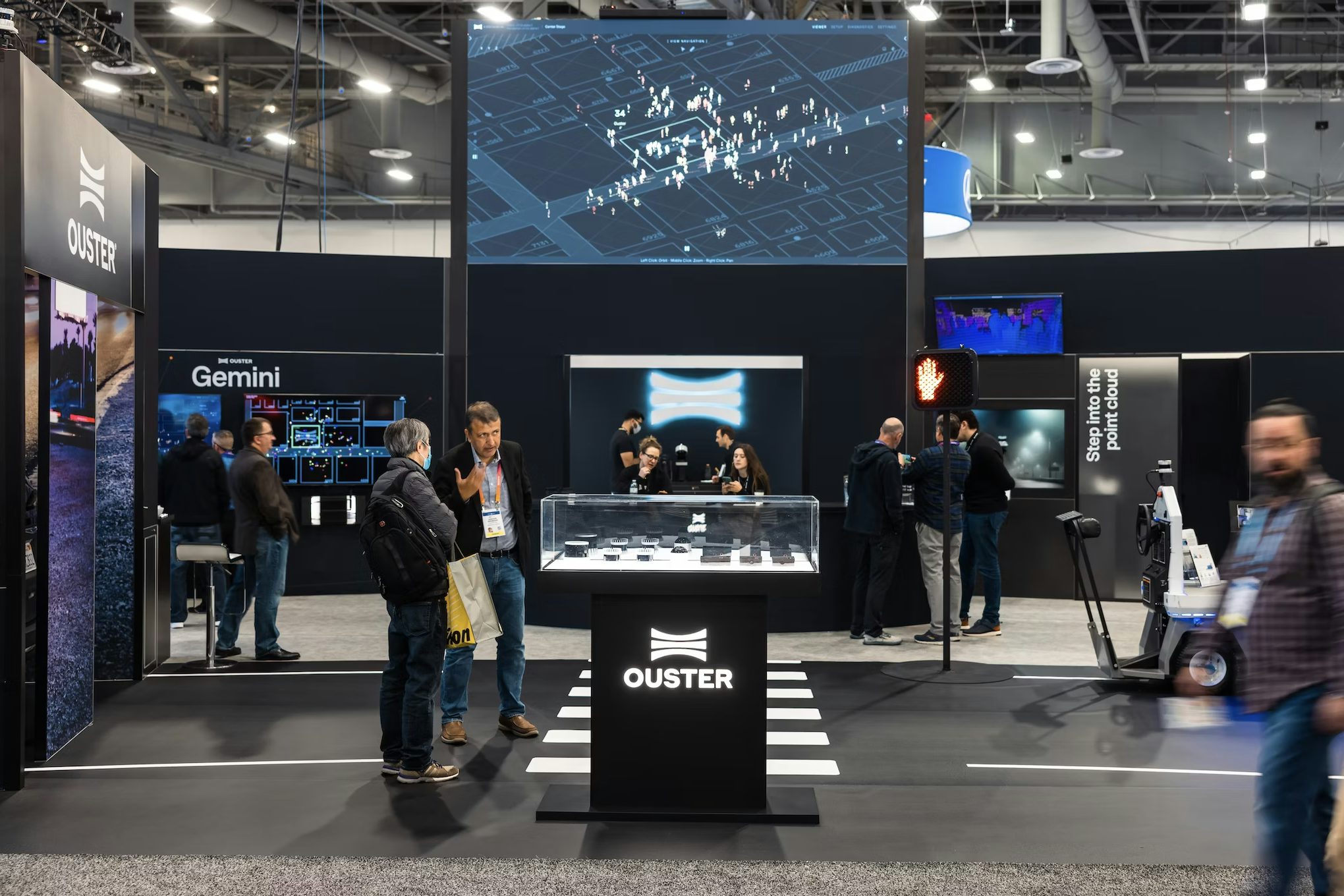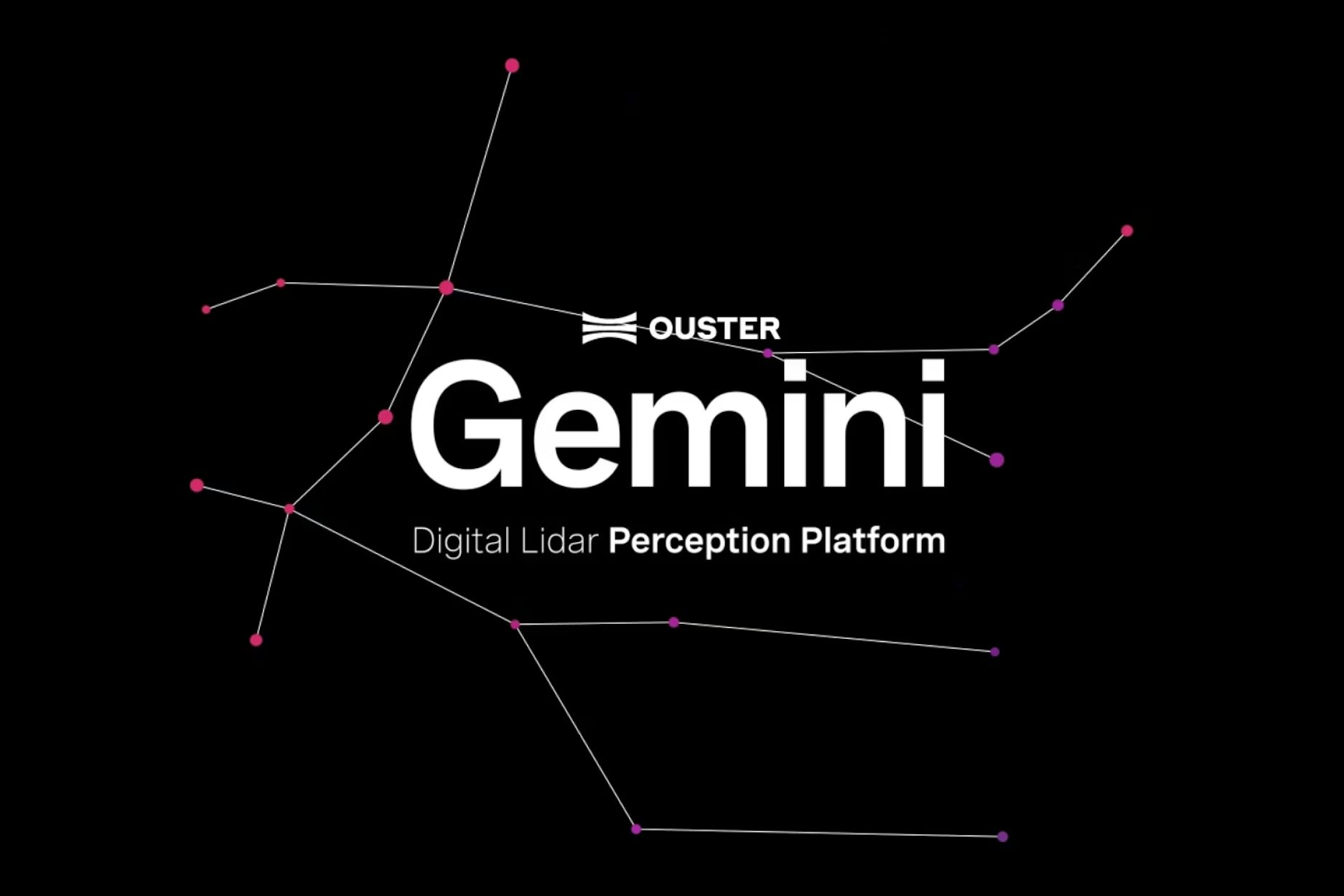Nuisance alarms and false alarms are a big, and growing problem in the physical security industry. The industry is rapidly growing, driven by the deployment of new (and sometimes older) technologies–AI cameras, radar sensors, thermal cameras, and microwave sensors. With all of these new sensors, security systems are less likely to miss an intrusion, but this comes at the cost of a significant increase in the rate of nuisance and false alarms.
High nuisance and false alarm rates are extremely costly. First to lay out the magnitude of the problem, in working with our customers we hear about nuisance alarm rates (NAR) as high as 97% of all alarms. With rates this high, security personnel are much more likely to experience alarm fatigue, wasting time, increasing response times or even leading to ignoring alarms. The National Institute of Justice estimated that false alarms cost $1.8B of wasted time in 2022. A team at Sandia National Labs dissected the problem and found that adding sensors with high NAR can even require an increase in staffing requirements to compensate for alarm fatigue and maintain response times.
Nuisance and false alarms are a big expensive problem, and adding AI cameras or radars may make the problem even worse, so now what?
Outperforms camera based systems.
Lighting and weather agnostic, lidar based systems perform better than cameras and offer more dependable detection at longer range.
More efficient integration.
Lidar based systems require fewer sensors to cover more space, can cover 360° with just one sensor, detect humans at 90m from the furthest meshed sensor, and are installed in the exact same way as a traditional camera based system.
Outperforms camera based systems.
Lighting and weather agnostic, lidar based systems perform better than cameras and offer more dependable detection at longer range.
More efficient integration.
Lidar based systems require fewer sensors to cover more space, can cover 360° with just one sensor, detect humans at 90m from the furthest meshed sensor, and are installed in the exact same way as a traditional camera based system.
Lidar technology has all the detection benefits of more sensors, without the nuisance alarms.
Lidar technology uses high-frequency, high density laser pulses to create a 3D image of wide areas. Using this detailed 3D live feed, the Ouster Gemini software platform can accurately detect and classify human and vehicle intrusions. The result is highly accurate intrusion detection, without the false alarms caused by common issues such as shadows, foliage, dust, or animals. With lidar technology our customers can reduce their nuisance alarm rates from 97% down to less than 5%.
The lidar system reduces cost and is fast to install. A single sensor can cover a full 360º area, detect humans as far as 90 meters, keeping the number of total sensors required to cover an entire perimeter low. And the system is installed just as a camera would be – with a mount and POE connection, making the installation fast and easy.
Our Ouster Gemini software platform has integrations with VMS systems so detected intrusions can properly trigger event recording on cameras and can guide PTZ cameras to slew to the point of intrusion.
Datacenters, warehouses, and high-value infrastructure are using our system today to reduce their costs and increase their security. Please reach out to us talk to us about how we can do this for you.
To learn more about Ouster Gemini intrusion detection and lidar sensors reach out to our team of experts.


